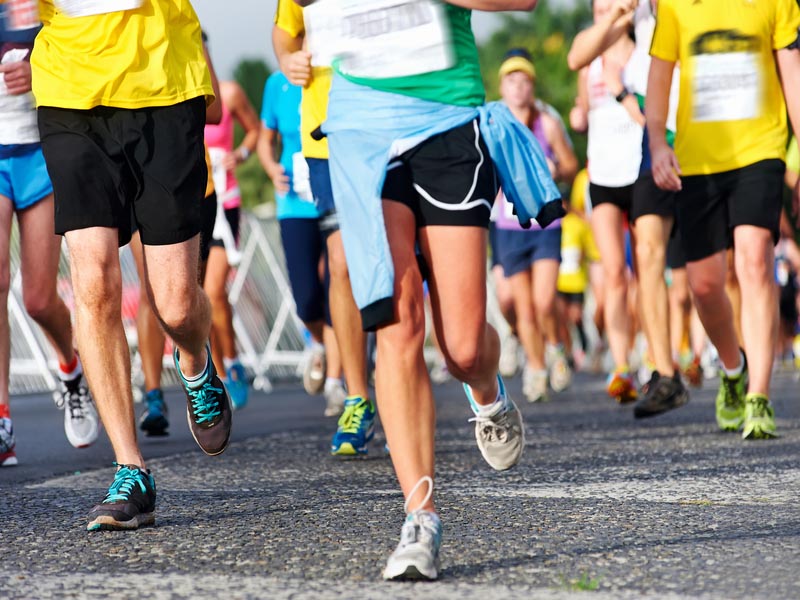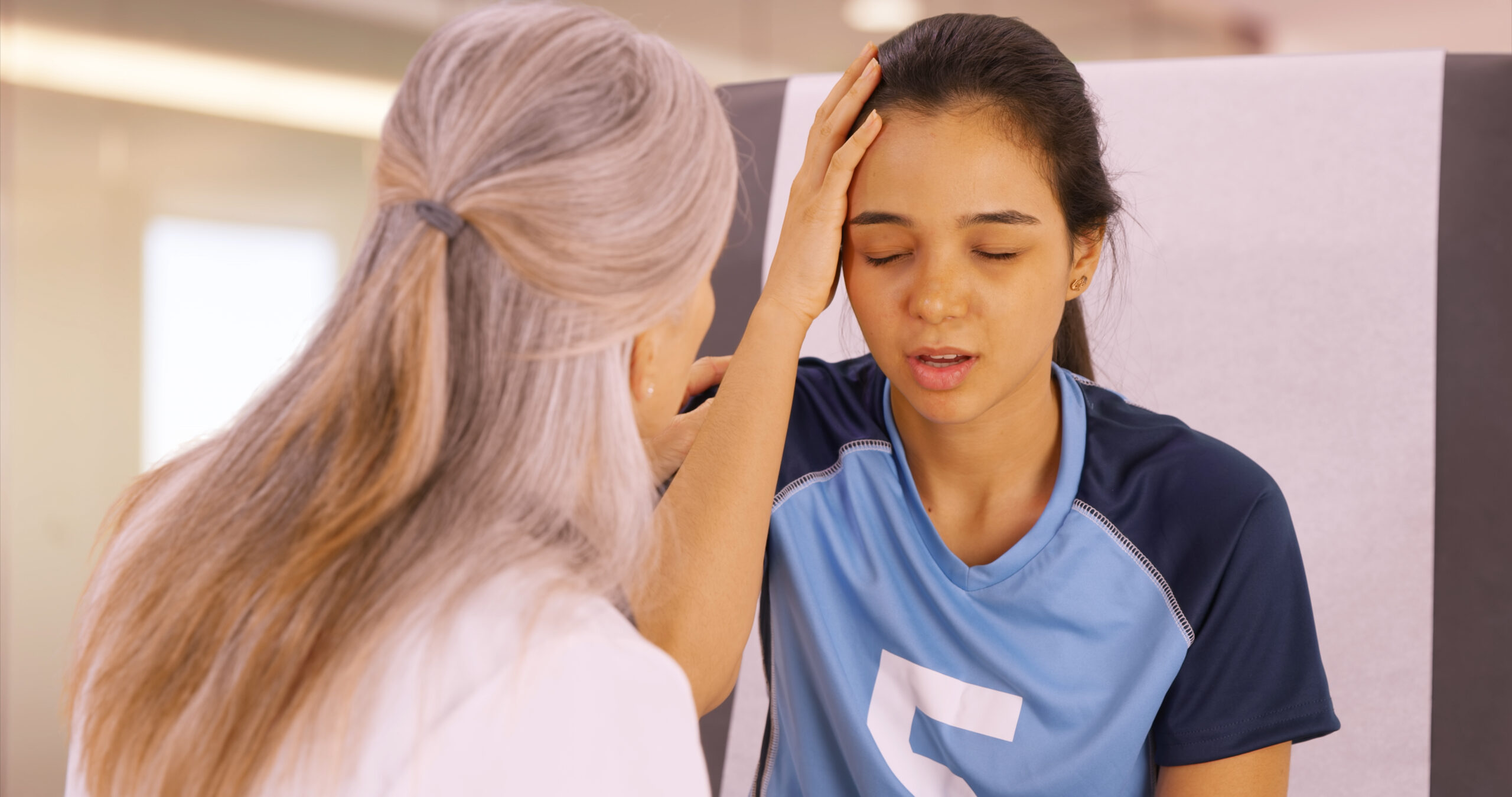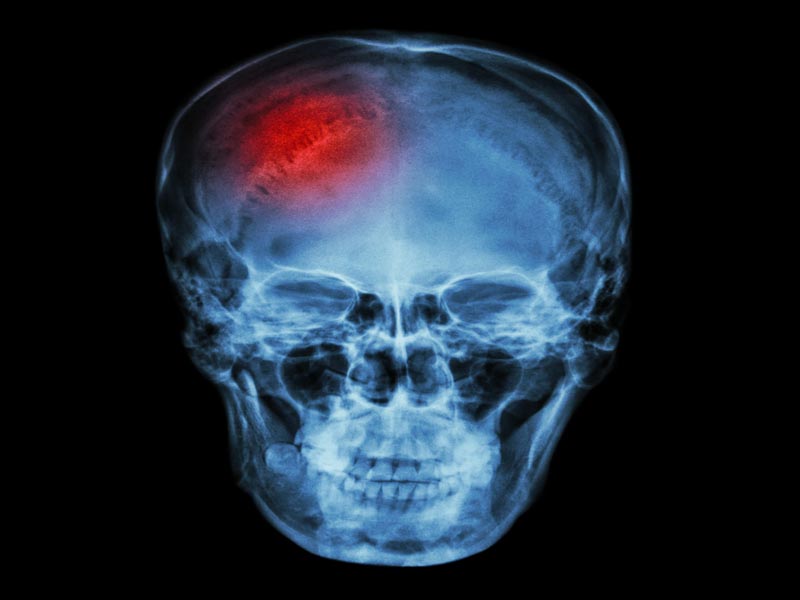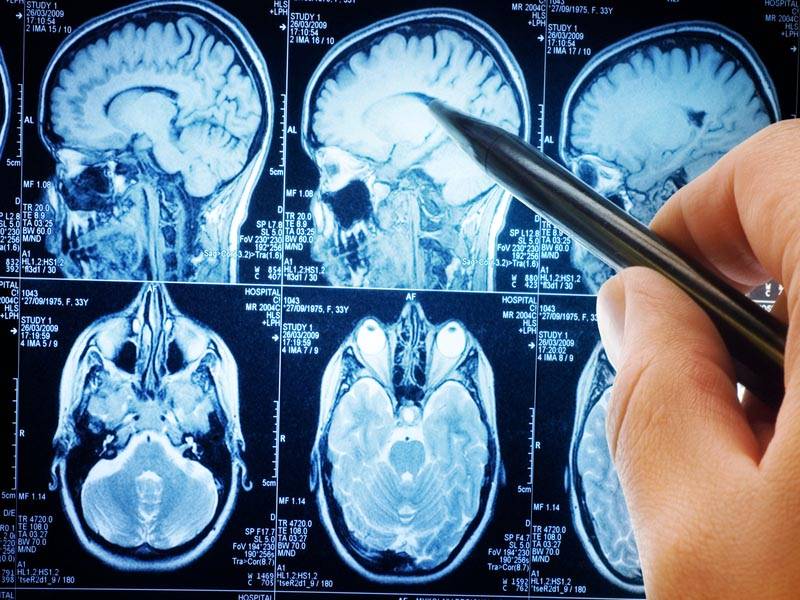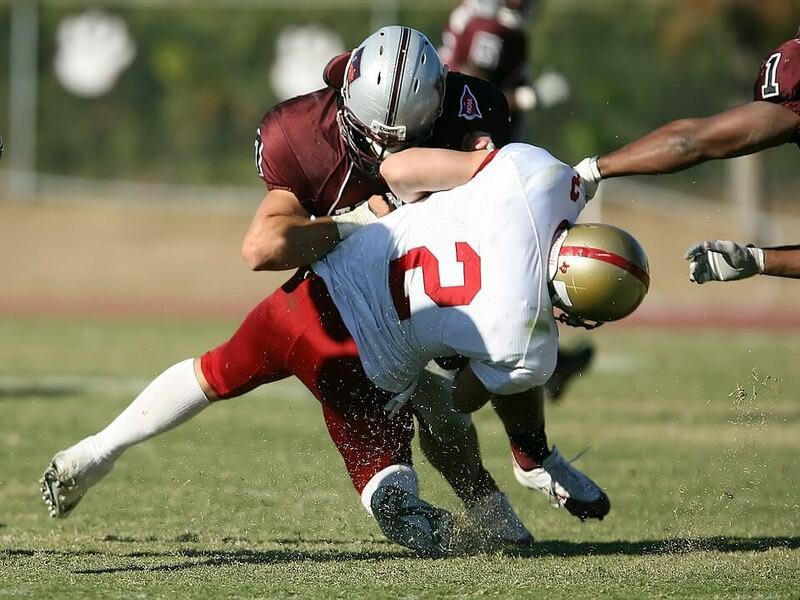Concussion continues to be a problem for athletes – both those who play professionally and those who play on school teams. According to the University of Pittsburgh’s Brain Trauma Research Center, high school athletes alone get over 300,000 sports-related concussions each year in the U.S. Concussions happen at all levels and to athletes in a wide range of sports; football has the highest number of concussion injuries, but soccer, diving, gymnastics, cheerleading and basketball all have increasingly high rates as well.
Typical Concussion Symptoms
Headache, dizziness and nausea are common after a concussion, as is fatigue, memory loss and confusion. For most, symptoms resolve with rest and other traditional treatment methods. When a concussion is diagnosed, treatment follows a common path; results vary, though, and many end up with lingering, lasting effects that simply don’t go away on their own.
Traditional Concussion Treatments
The traditional course of treatment for a concussion includes rest and over-the-counter analgesics for aches and pains. The CDC outlines a treatment plan for concussions that includes full-time rest, an eventual return to light activities or school and then, when the concussion symptoms have eased, a return to sports and full activities.
Even the NFL, with their highly publicized issues with player concussions and CTE, follows a similar treatment plan for concussion sustained in practice or in actual games. NFL current guidelines call for daily post-concussion monitoring, rest and eventually, a return to the playing field after clearance by a team doctor. Since NFL players, like many college and professional athletes, receive regular baseline testing, there is a way to compare the pre-and post-injury brain.
While these are the standard treatments for concussion, they do not always work. Many individuals experience lingering symptoms that impact their performance, memory and cognitive skills for years to come.
Not All Patients Fully Recover
For some, the rest and slow return to work or play is effective, but for others, it just is not enough. For those experiencing lingering memory loss, cognitive skills loss, dizziness and other symptoms long after the typical recovery period has passed, further treatment or investigation is required.
It is important to note that while over-the-counter NSAIDs and pain relievers can help with aches, pains and headaches after a concussion, there are no medications that actually cure the condition itself. Other methods are required to resume normal functions and regain important skills after a concussion that won’t seem to go away.
Improving Post-Concussion Recovery
In some cases, a specific symptom or issue can be identified by the patient, but in others, a loss of skills or focus is more difficult to identify. Anxiety and depression can also occur after a concussion; according to the Mayo Clinic, these can be treated with psychotherapy or medication. Research has shown that Neurofeedback may be highly effective when used to address the memory loss, fatigue and loss of cognitive function after a concussion.
Boosting Awareness of Concussion
Improving recovery rates for the population as a whole and for individuals means increasing the education and awareness of the problems that concussion can cause. The CDC is already at work on this process, creating a campaign that targets parents, coaches and teaching staff and provides them with details about concussion and identifying this condition on the playing or practice field. Concussion is under-reported (and therefore undertreated). Giving a blow to the head the right attention in the first place is a critical part of creating a successful treatment plan.
Incorporating Baseline Testing
Encouraging and requiring baseline computerized qEEG Neurofeedback testing and physical testing for athletes can also help with recovery. It is easier for medical teams to treat concussion and the symptoms that linger if they have a frame of reference. Professional teams already use pre-season baseline testing to create a clear and easy to understand way to detect post-concussion issues with the brain. By comparing the post-concussion test results with those prior to the impact, the team can spot variance and unhealthy patterns immediately and take action.
Brain Scan to Spot Unhealthy Patterns
Even if a baseline has not been established, a post-injury brain scan, or qEEG, such as those performed by MyBrainDR, can help spot unhealthy brainwave patterns. This pain-free, non-invasive process provides you with a brain map, clearly showing what is going on with your brain, and the brain map becomes a tool to help create a plan to address your symptoms.
Neurofeedback for Concussion Symptoms
Once a brain scan is complete, the professionals at MyBrainDR can analyze your results, comparing them to your own normal patterns or those that are normal for others to see where you are having trouble. This information helps generate a plan to train your brain and help it return to normal healthy patterns. Neurofeedback is an effective treatment for the lingering effects felt after a concussion, whether a baseline has been established or not.
Since repeated concussion can only make things worse (and symptoms that do not respond to traditional treatment won’t go away on their own), it is important to take a proactive stance after a concussion. If you or your child is experiencing ongoing confusion, loss of memory, irritability or any of the typical signs of a concussion after traditional treatment has failed, MyBrainDR can help. Contact MyBrainDR and schedule an initial scan to determine if you are a suitable candidate for Neurofeedback therapy and for help in discovering the true extent of your injury. We understand the lasting impact even a single concussion can have on your brain and stand ready to assist when you need us most.

